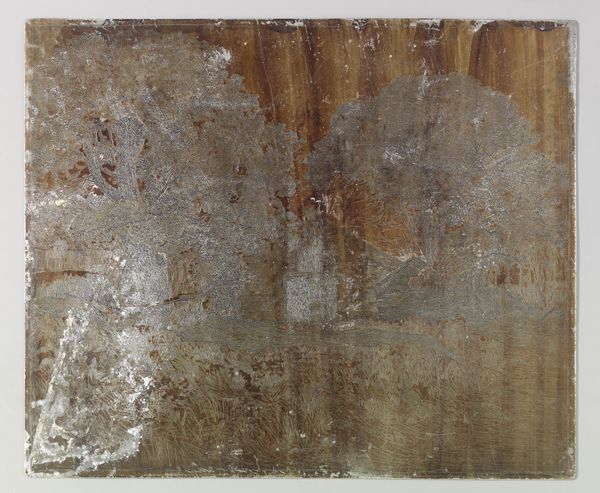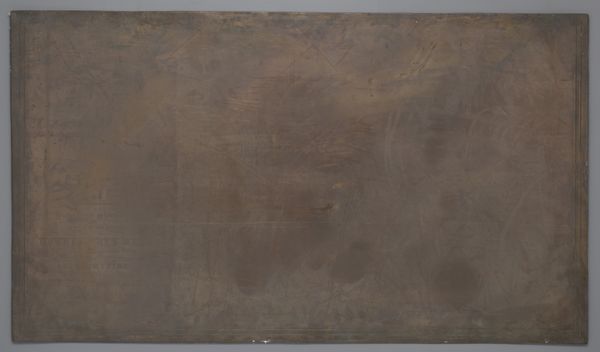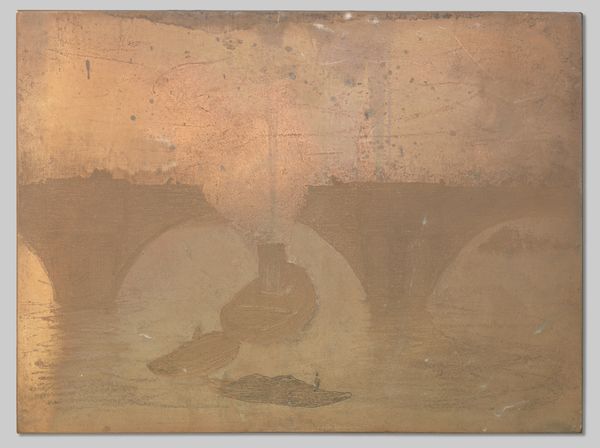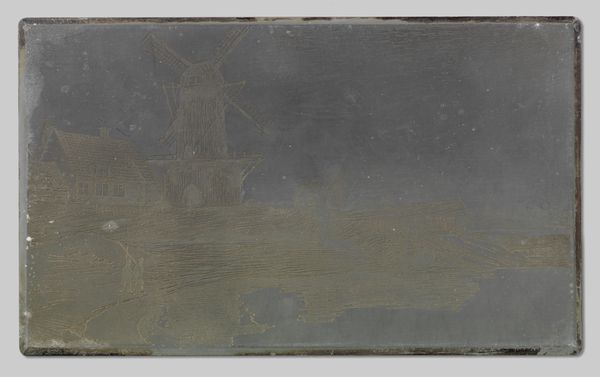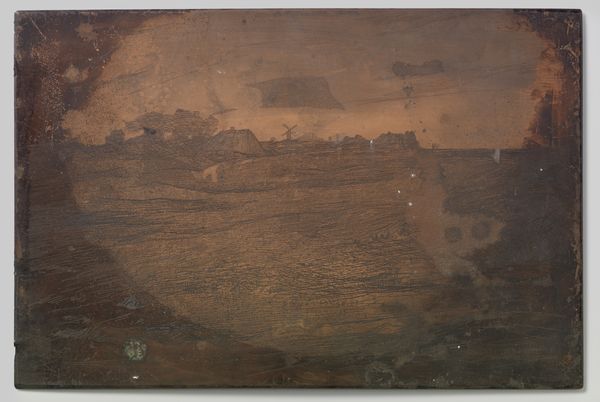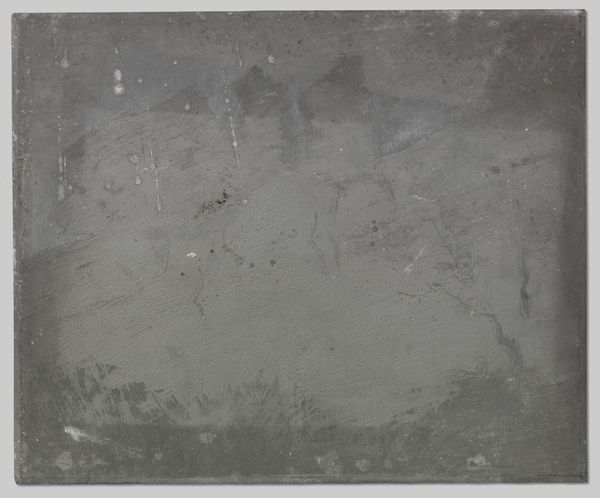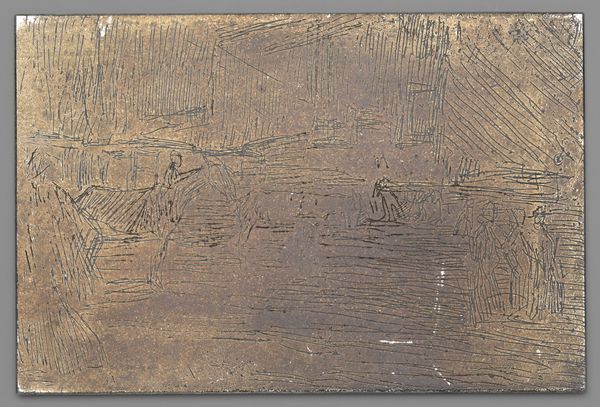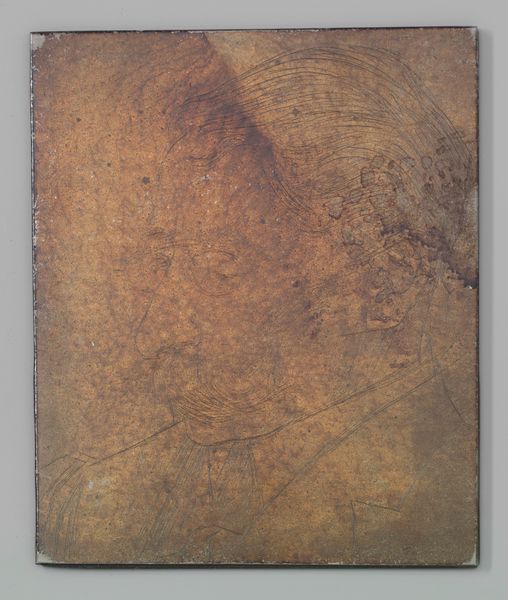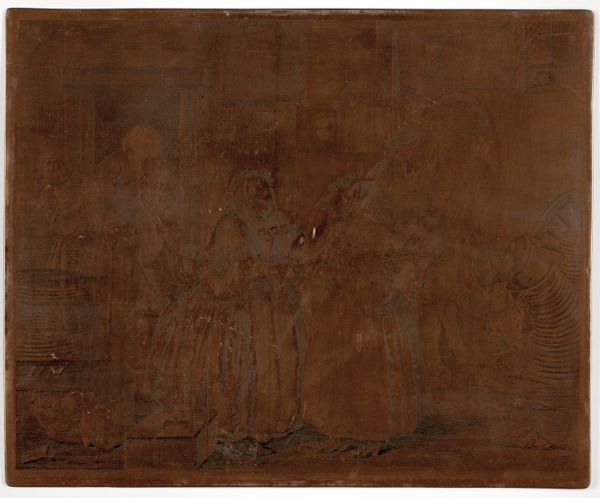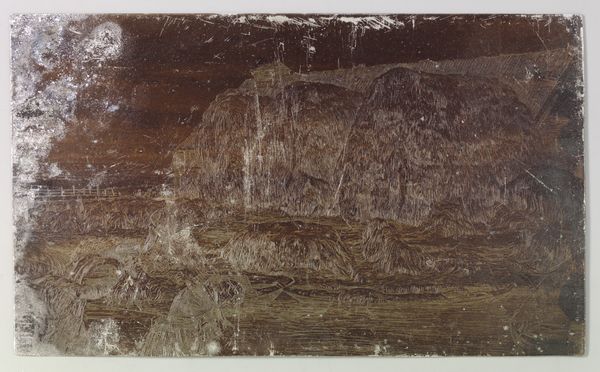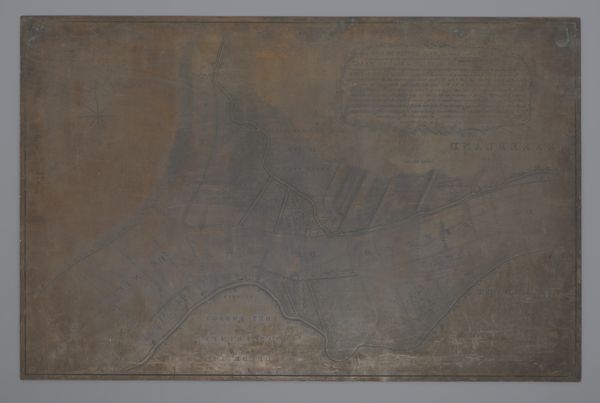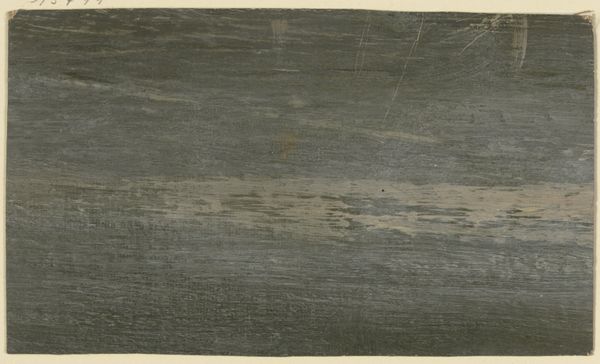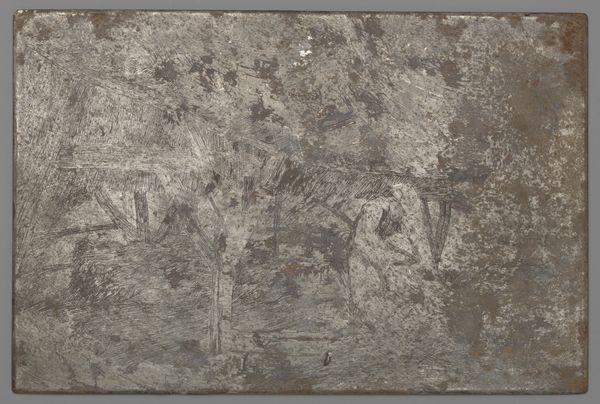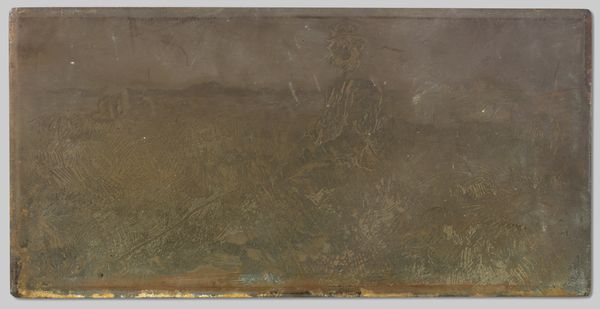
drawing, painting, print, etching
#
drawing
#
painting
# print
#
impressionism
#
etching
#
landscape
#
cityscape
#
monochrome
Dimensions: height 228 mm, width 303 mm
Copyright: Rijks Museum: Open Domain
Curator: Willem Witsen’s etching, "Gezicht op Waterloo Bridge in de mist in Londen," or "View of Waterloo Bridge in the London Fog," dates from around 1890 and currently resides here at the Rijksmuseum. What's your immediate take on this monochrome cityscape? Editor: It feels somber, almost ghostly. The etching is so subtle, and the fog really seems to swallow everything. It really emphasizes the anonymity and the kind of alienating experience of urban life. Curator: It's fascinating to see how Witsen captures that mood, especially given the historical context. Late 19th-century London was experiencing massive industrialization and urban expansion, which certainly contributed to feelings of alienation, particularly for the working class. Editor: And you see that visually here! The bridge, shrouded in mist, is this imposing structure, dwarfing the small boat near the shore. I wonder what role class might play here; consider the wealthy and middle class crossing that bridge while others navigate the dangers beneath, along the water. Curator: Absolutely, the Thames was central to London's commerce. While some saw the bridge as a symbol of progress and connectivity, the water beneath was indicative of very harsh economic conditions, hidden and easily overlooked. Editor: It does spark interesting thoughts about visibility and power. The bridge represents control over nature and the subjugation of the natural world by man's infrastructure, something also reflective of class domination. This view seems a direct statement of industrial domination. Curator: What's particularly interesting is how Witsen employed etching. The linear detail in his monochrome work— it emphasizes the bridge’s almost skeletal structure. I find myself drawn to the delicate detail he gets. Editor: The stark lines contrast with the atmospheric perspective, like industry fighting a losing battle against natural conditions! And given its context, I’d almost consider it protest art. What an encapsulation of anxieties tied to social imbalance during such a turbulent historical moment. Curator: A potent way to view it, indeed! Editor: Exactly, I find myself looking at this image and seeing much more about social circumstances from that time. Curator: Thanks! We are out of time here. But yes, this art holds such potency, even now.
Comments
No comments
Be the first to comment and join the conversation on the ultimate creative platform.
